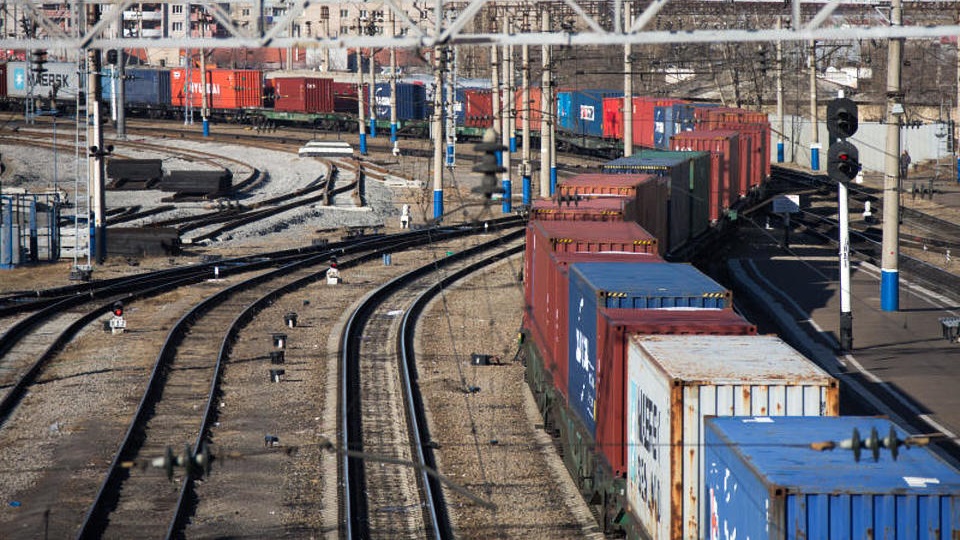150,000 inactive wagons create chaos on Russian railways

150,000 wagons are currently stranded and remaining inactive on the Russian railway network. The situation is illustrative of the sanctions’ effect on Russia, which also creates a “hard operational environment for rail freight making it difficult to move loaded wagons”, explains a governmental document.
The information concerning the thousands of idle rail wagons in Russia comes from a governmental report compiled by the Ministries of Economic Development, Transport, Finance, and the Russian Federal Customs Service. The document was made public by the Russian news agency TASS.
“Changes in freight traffic directions caused by sanctions restrictions and rapidly changing market conditions create an accumulation of unclaimed railcars. More than 150,000 empty wagons are currently idle on the Russian Railways network without freight operations. This negatively affects the operational situation and makes it difficult to move loaded railcars,” underlined the governmental document.
Assessment of usable equipment
“There are more than 440 industrial enterprises and enterprises of industrial railway transport on the Russian network, with available tracks to park more than 63,000 wagons and railcars”, claimed the ministerial report. The Russian transport ministry advises rolling stock operators to proceed to fleet assessments and determine which of the 150,000 rail wagons are suitable for operations and which are set to remain idle. It will be easier to “clear” the network in this way.
Millions of losses
However, things could get even more complex. As the document emphasises, the possibility to provide public tracks to the Russian Railways for the accommodation of unclaimed wagons could become quite problematic. According to the Russian authorities, this rolling stock unnecessarily occupies track space from the railway network and could lead to increased financial losses. “In case a moratorium is introduced on charging fees for using railway infrastructure by unclaimed empty cars, Russian Railways will lose about 1 billion rubles (11,4 million euros) a year.
Also read:
-
New EU sanctions have direct impact on transport, rail excluded
-
New EU sanctions on Russia and Belarus, targeting export and banks
-
The EU sanctions on Russia explained, what is still possible?
You just read one of our premium articles free of charge
Want full access? Take advantage of our exclusive offer




